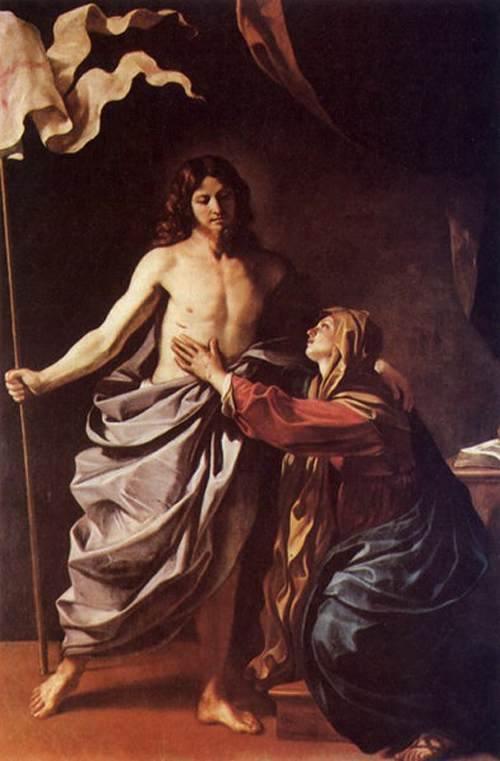Description
The painting "The Appearance of Christ to the Virgin" by Guercino is a masterpiece of Italian Baroque art of the 17th century. This work of art is a moving depiction of Christ's appearance to his mother after his resurrection.
Guercino's artistic style is characterized by his ability to create a sense of movement and drama in his works. In this painting, the composition is impressive, with the figure of Christ at the center of the image, surrounded by the Virgin and angels. Light and shadow are used effectively to create a sense of depth and realism.
Color is also an important aspect of this artwork. The warm, soft skin tones of the Virgin and the angels contrast with the brilliant white of the angels' robes and Christ's red robe. The use of color also helps create a sense of calm and serenity in the image.
The story behind this painting is fascinating. It is believed to have been commissioned by Cardinal Alessandro Ludovisi, who later became Pope Gregory XV. The painting was originally placed in the cardinal's chapel in the church of San Lorenzo in Lucina in Rome.
A little known aspect of this work of art is that Guercino used his own mother as a model for the figure of the Virgin. This allowed him to capture the emotion and tenderness of the relationship between mother and son in the image.
In short, Guercino's painting "The Appearance of Christ to the Virgin" is a masterpiece of Italian Baroque art. Its artistic style, composition, color, and the story behind the painting make it a fascinating and moving work of art.

